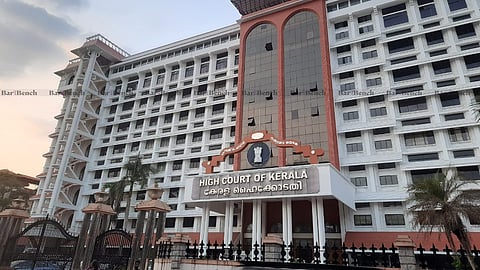
- News
- Columns
- Interviews
- Law Firms
- Apprentice Lawyer
- Legal Jobs
- हिंदी
- ಕನ್ನಡ

The Kerala High Court recently held that the multiplier method must be applied while calculating compensation in motor accident claim cases resulting in serious injuries as well and not just in cases of motor accident deaths. [The Oriental Insurance Company Ltd v Abdul Khader].